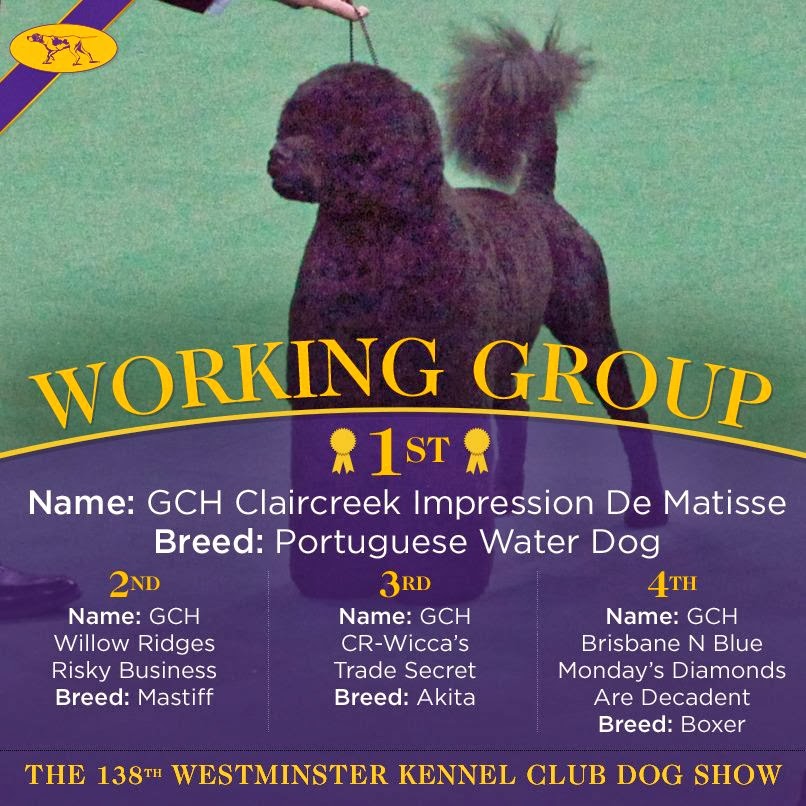(Nearly) Wordless Wednesday: De-Lightful Dog Logo - Dogs of Course
"Come. Stay. Learn"
Dogs of Course: "Dog Training Seminars, Instructor Courses, K9 Nose Work Camps"
For professional and hobby trainers, Dogs of Course has offered dog training instructor courses, behavior and training seminars and workshops, and K9 Nose Work experiences all over the country for 15 years. Owned and run by Dana C. Crevling, Dogs of Course is dedicated to improving dogs' lives through education and building stronger bonds between dogs and their owners. Dog-related charitable activities are a large part of her business as well.
The Logo
Crevling recently told EverythingDogBlog that her current logo is the second generation of one previously used just for the Instructor Training Course.
Her business’ first logo was a drawing similar to the present one but too detailed: with a new artist, Crevling wanted a cleaner look yet in keeping with the same basic idea – education, but having fun while learning.
I think the Dogs of Course logo fits that to a T, don’t you?
Crevling selected a generic dog with a broad appeal to convey the image of a happy dog because Dogs of Course promotes dog-friendly techniques to ensure that learning is as fun for the dog as it is for the human.
Gold-Hearted
Did you notice the little gold heart on the dog’s ID tag on the Dogs of Course webpage? This signifies the love and commitment Crevling and her presenters have for dogs and their people. I can vouch that this comes across in her business: I have attended the Dogs of Course’s instructor training course, seminars and K9 Nose Work workshops. All I can say is they are fun and educational. I still network with friends I met through Crevling 10 years ago. Her warmth and genuineness comes through with flying colors.
The Colored Logo – In Action!
The logo color on the webpages is a bit more distinctive than other commonly used colors. I invite you to visit the Dogs of Course website (www.dogsofcourse.com) and watch the stars twinkle, the dog flip the bone into the air and catch it, and his tail wag!
(This article first appeared on ColumbiaPatch.com on 26 February 2014.)
(This article first appeared on ColumbiaPatch.com on 26 February 2014.)













